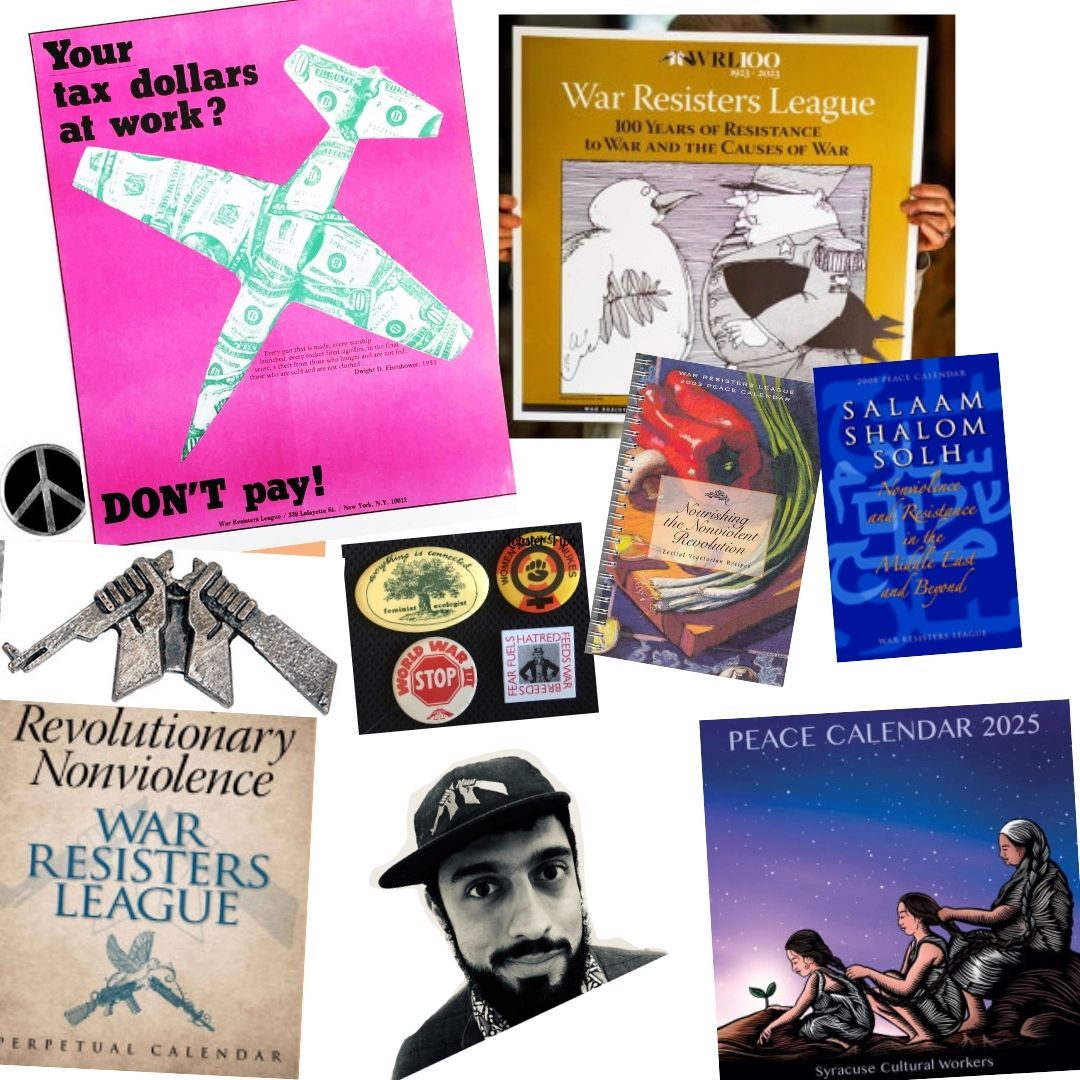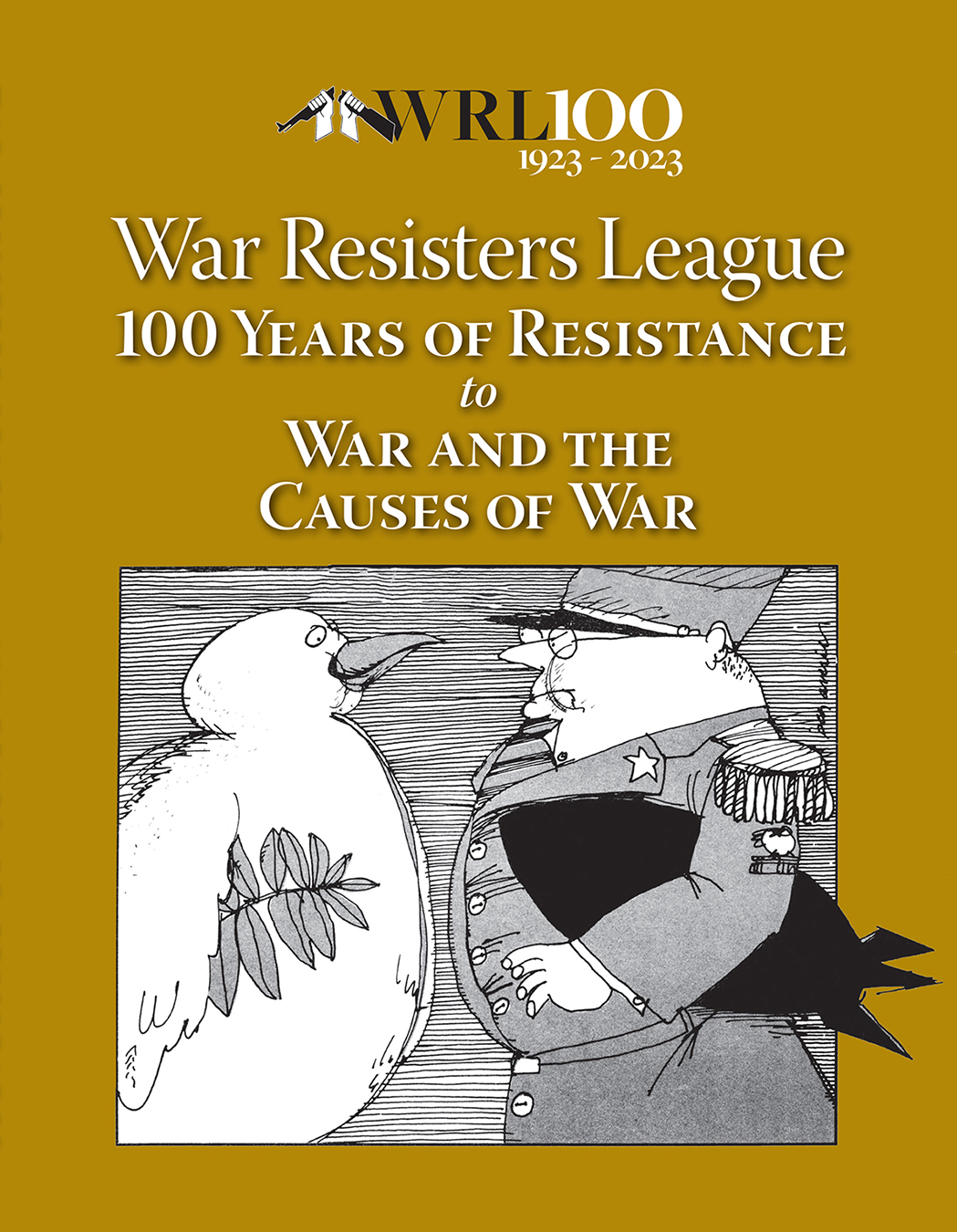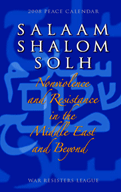Building Bridges Across Borders
Fences mark private property—backyards, farms, and gated communities. Fences inhibit freedom of movement. They encircle prisons, concentration camps, and military compounds. They separate people into “us” and “them,” forcing distinctions and emphasizing differences. There is a fence on the cover of this issue. People have died crossing this fence, memorialized with crosses by those who remember them. People continue to risk their lives attempting to cross this fence for rights and privileges many take for granted: clean water, education, paid work, and community and family ties. Some make assumptions about who crosses and why. Racial profiling by the Border Patrol, police, and vigilante citizens raises the question: How can you tell by looking at someone on which side of the border he or she belongs? In these pages, immigrants speak of their illegal imprisonment and the corruption within jails, prisons, and detention centers that house men, women, and children, many of whom are in the United States legally. An artist drives cross-country to the U.S.-Mexico border to witness firsthand the forbidding structure and to connect with those on the other side and share what she saw and whom she met. A sixth-generation Mexican-American is honored for his life of struggle for the rights of migrants such as the three teenagers who were torn from their families and deported in May. You can read about activism elsewhere in Latin America, where young people are leading the way to peace by refusing to take up arms and fight Colombia’s civil war. Members of the Red Juvenil youth network studied nonviolence and conscientious objection and are engaging in constructive, creative work “to encourage young people’s belief in the value of all human life, to work together to overcome fear, and to become empowered to live and espouse these values.” In Colombia, conscientious objection is written into law but seldom acknowledged as a right, but members of Fifth Commandment are also standing up to recruiters and the military with music, theater, and other nonviolent alternatives to “the peace that follows wars … a peace of tombs, hatred, resentment, and revenge.” People like Arizona sheriff Arpaio (accused of human rights abuses of detainees and prisoners) and groups like the Minuteman Project (vigilante citizens watching the U.S.-Mexico border for “suspicious” activity) are sending a clear message about how they feel toward visitors to the United States. In June, a volunteer with No More Deaths, an aid group based in Tucson, was convicted of littering for leaving drinking water in the desert near the Mexico border. In Pakistan, meanwhile, Kathy Kelly describes the experience of Khaisor village residents who became the target of a U.S. drone missile for serving food to some visitors. Being a gracious host to travelers is a tradition with them. For the U.S. government, it is a crime. And finally, in these pages the War Resisters League reiterates its opposition to conscription and its longstanding commitment to resisting every facet of war including any possible draft. It’s that commitment that ties all of this together. The voices in this issue reassert humanity in the face of national policies that deprive people of their essential freedoms, their connections to one another. Through their work, immigration rights organizations, border activists, and conscientious objectors remind the world and themselves that they are still human.





